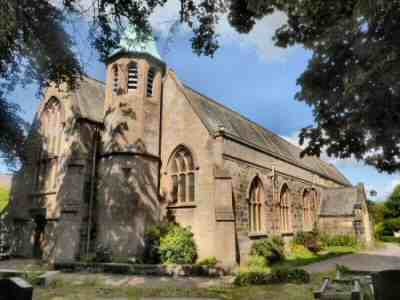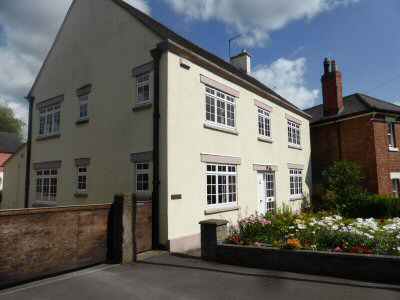LITTLEOVER
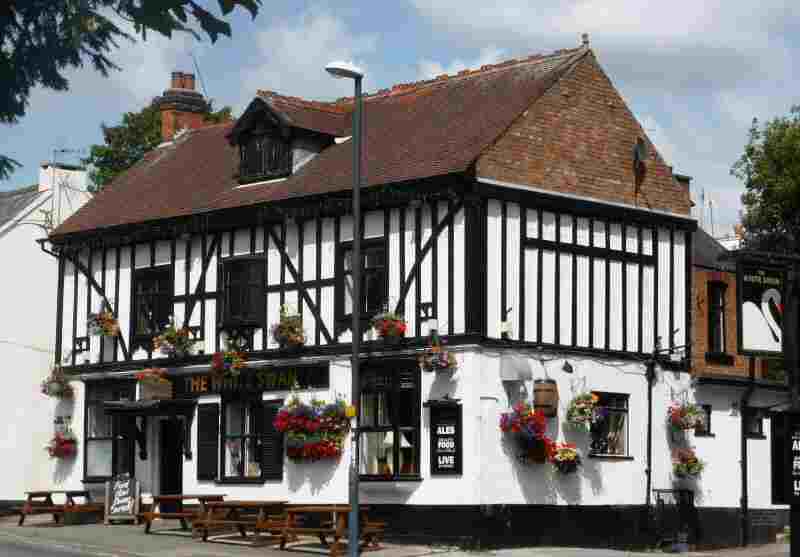
INFORMATION
Where is it? – Littleover is off the Derby Outer Ring Road on Burton Road – A5250 (SK336345).
What to do? – Visit Dobbies Garden Centre on the southwestern outskirts of Littleover. View the wide range of products on sale as well as garden requirements, or just relax in the spacious cafe. – Take a walk around Sunnydale Park and Nature Reserve, the reserve has areas of amenity grassland, enjoyed for recreation. Valuable wildlife habitats surround it. – Explore Mercia Marina, situated between Findern and Willington villages, browse the shops, and explore the sensory garden and wildlife walks. Enjoy a stroll along the canal bank. There is plenty of activity on the water in the peak season and wildlife is to be seen all year round.
Where to eat? – Littleover Lodge on Burton Road, which is near the A38 junction. Where you can enjoy a delicious carvery or a meal from the menu, in the impressively refurbished bar or the restaurant. – Dobbies Garden Centre provides a wide range of refreshments.
Other places to visit – Explore the impressively refurbished Derby Cathedral. It is visible from a distance and dominates the skyline with its imposing Perpendicular Tower, the second-highest in England to the Boston Stump. – Derby Museum and Art Gallery hold collections and displays relating to the history, culture and natural environment of Derby and its region. The museum retains a collection of paintings by the internationally famous painter, Joseph Wright.
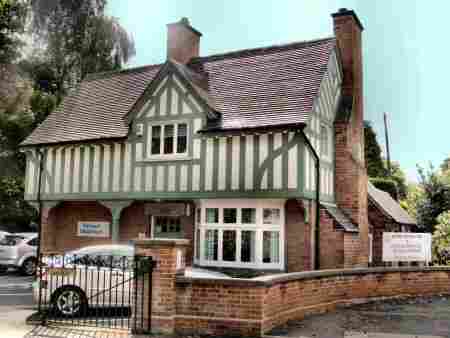

PROFILE
From Anglo-Saxon times, if not sooner, a small village existed at Littleover. Rykneld Street, the Old Roman Road, passes through Littleover and it is possible a settlement was set up near the road.
The Old Village
The old village centre at Littleover lay just off the main road close to the church. But as Derby expanded and the green fields separating the two became less. A battle to integrate the village into Derby commenced.
It was only in 1866 that Littleover became a separate parish from Mickleover, Findern and Potlock. But, it was not long before its newly created independence came under threat. The arrival in 1839 of the railway and industrialisation was producing a rapid expansion of the population in Derby. And the Borough Council began to cast an acquisitive eye towards the village. Already the chiefs of industry were starting to move out of the overcrowded town into the country. Some built their houses in Littleover.
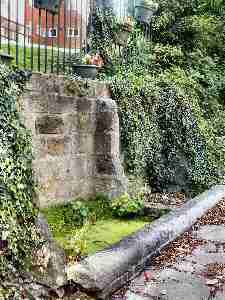
The Battle For Littleover
In 1890 a small part of the parish was transferred to St Werburgh’s in Derby. This was the signal for the battle for Littleover to begin. The Derby Improvement Act of 1901, sought to take part of the village into the borough and divide the rest of the parish between Findern and Mickleover. This proposal was defeated with the help of Colonel Gascoyne of Fairfield House. He spent over one thousand pounds of his own money to back the village’s stand for independence.
Apart from the building of a few large houses and parks. Little expansion took place in the village until the Derby Tramway network was extended in 1908 to the parish boundary at Littleover Lodge. This presented the opportunity for the less well-off to live in the country and commute to work. Twenty-five years later when the trams were replaced by trolleybuses the route was extended through the village to Chain Lane.
In 1928 a part of the parish was absorbed by Derby. This enabled the Borough Council to construct the Outer Ring Road. But in 1947 when a referendum was held, Littleover residents voted overwhelmingly to retain their independent status.
However, as Derby and Littleover continued to expand. The inevitable occurred and in 1968, the parish was absorbed into the borough. By this time Littleover had been developed considerably by the sale of the land from the Grange and Pastures estates.
Littleover A Suburb
Although Littleover is now a suburb of Derby. Despite its size, many local people still refer to it as ‘the village.’ To add credibility to this, the word ‘village’ is still proudly displayed in the centre of the shopping area as part of a shop sign. The expansive development on the southwestern side of Littleover goes one better and is known as Heatherton Village.
The view from the main road through Littleover is unremarkable. Rather the same as many other suburban roads in towns and cities.
As you enter Littleover from the east, Littleover House, at the corner of Warwick Avenue, was built in 1818 for the general manager of the Midland Railway. The Half Moon Inn, in the centre of the shopping area, began life as a farm. And throughout the 18th century served as a coaching inn. Today, it is still a busy pub serving the needs of local people and visitors.
The Grange, which stands behind the supermarket. Like Littleover House lost its park to the developers. A large white house, built in the early 1800s, was at one time occupied by Rueben Eastwood a local iron founder. He Eastwood added the campanile so that he had somewhere to go after dinner to smoke. In the mornings the glow from his foundry could be seen in the distance. This ensured that his workers were hard at work. The Grange is now in the hands of the Freemasons and the stables have been converted into a community centre.
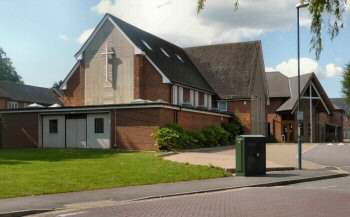
Hidden From The Road
The old part of Littleover remains largely hidden from the main road. Originally it consisted of several tiny houses, clustered around the church. Built using mud and stone or timber framing with thatched roofs. Farming was the main occupation of the villagers.
The first church to be erected in the village was likely to have been a wooden structure. Erected before the Norman Conquest, although there is no mention of it in the Domesday Book. A small stone church was built early in the 12th century, traces of which remain. The most prominent is the Norman doorway and font.
In Church Street, directly opposite the popular 19th-century White Swan Inn. A blaze of colour in the summer with baskets of flowers. There are several interesting old houses. However, the oldest property in Littleover is the Thatched Cottage. This probably started life as a labourer’s cottage in the 16th century. Later it became an inn, before reverting to a private house. It is situated in the Hollow, once the main thoroughfare into the village from the south. It may well have existed as a hollow way before the Romans conquered Britain. Lower down the road, an ancient stone trough still survives, a rarity in this part of Derbyshire. As you leave the main shopping area, you get a glimpse of the attractive black and white cottages at the top of Park Lane.
Eastern Side Of The Village
A short distance further along Burton Road is the Old Hall. Originally built as a Manor House by Sir Richard Harpur in the 16th century. It hides behind the attractive half-timbered Lodge House which faces the main road. The hall was rebuilt over a hundred years ago. It has recently been vacated by the Derbyshire Fire and Rescue Service.
On the opposite side of the road is the Methodist Church. Recently substantially redeveloped as a church with its own community centre. Further down the A5250 towards Findern, is Heatherton Village, as it is called. It is a large housing estate built in recent years. Considerable housing expansion is now taking place near the A38.
